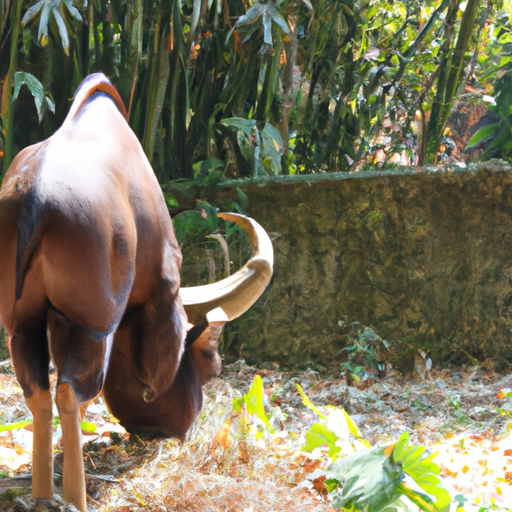 Introduction:
Introduction:
The animal kingdom is a diverse and fascinating realm, comprising numerous species with varying dietary preferences. While some animals are classified as carnivores or omnivores, this article will delve into the intriguing world of herbivorous animals. Herbivores primarily feed on plants, including leaves, stems, fruits, seeds, and flowers, making them an essential link in the ecological balance of various ecosystems. In this comprehensive article, we will explore the natural habitats of herbivorous animals across various continents and environments.
1. African Savannah:
The African savannah is home to a plethora of herbivorous animals that have adapted to these vast grassland ecosystems. Iconic herbivores, such as elephants, zebras, giraffes, and antelopes, thrive in this environment due to the abundance of grasses, leaves, and fruits. These animals have evolved specific physiological and behavioral adaptations to efficiently extract nutrients from the vegetation available in the savannah.
2. North American Prairies:
Similar to the African savannah, the North American prairies are dominated by grasslands, which support an array of herbivorous animals. Bison, pronghorns, deer, and rabbits are among the prominent herbivores found in this habitat. These creatures have developed unique digestion mechanisms to process the fibrous vegetation that characterizes the prairies.
3. South American Rainforests:
The lush rainforests of South America harbor an incredible diversity of herbivorous animals. Sloths, tapirs, capybaras, and howler monkeys are just a few examples of herbivores that rely on the abundance of foliage, fruits, and seeds found in these tropical ecosystems. These animals often have specialized adaptations to navigate the dense vegetation and extract nutrients from the wide range of plant species available.
4. Australian Outback:
The Australian outback is a harsh and arid environment, yet it supports several herbivorous species, especially kangaroos, wallabies, and wombats. These marsupials have adapted to feed on the sparse vegetation, including shrubs, grasses, and small trees. They possess efficient water conservation mechanisms and can subsist on the limited plant resources available in this challenging habitat.
5. Asian Rainforests:
The rainforests of Asia, such as those found in Borneo and Sumatra, are renowned for their exceptional biodiversity, supporting numerous herbivorous animals. Orangutans, gibbons, elephants, and various deer species thrive in these lush environments. These herbivores have evolved specialized feeding strategies to exploit the diverse array of fruits, leaves, and shoots offered by the abundant plant life.
6. Arctic Tundra:
In the harsh and frigid Arctic tundra, herbivores face extreme challenges to locate sufficient plant-based food sources. Nonetheless, herbivorous animals such as caribou, muskoxen, and Arctic hares have adapted to survive in this environment by consuming lichens, mosses, and the occasional grasses that manage to grow during the brief summer months.
7. European Forests:
The vast and diverse forests of Europe provide a suitable habitat for numerous herbivorous animals. Red deer, roe deer, wild boars, and hares are common herbivores found in European woodlands. These animals rely on the abundant foliage, acorns, nuts, and berries that populate these forests.
Conclusion:
Herbivorous animals have successfully adapted to a wide range of habitats worldwide, showcasing nature’s remarkable ability to diversify and evolve. From the African savannah to the Arctic tundra, these animals have mastered the art of extracting nutrients from plants, shaping ecosystems and maintaining the delicate balance of our planet’s biodiversity. Understanding the natural habitats of herbivorous animals is crucial for conservation efforts, as it helps us appreciate the intricate interconnections between animals, plants, and the environment.
